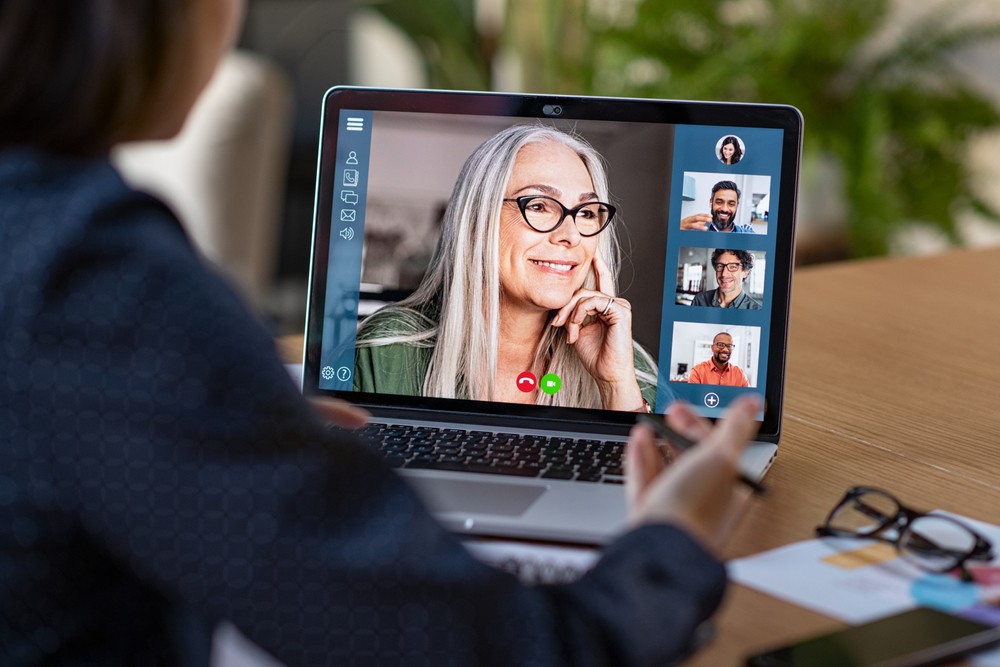Webhelp has released new research regarding consumer preferences towards video chat. The research conducted during the pandemic found that, whilst COVID-19 has resulted in an uptick in the use of video calls across both personal and professional lives, consumer preferences for the use of video calling in a customer service setting have dramatically increased at 89%. This data is underlined by the increased opportunities that Webhelp is seeing to support its clients and their customers effectively with video chat as a new channel.
The research, which polled over six thousand consumers across the UK, France and Germany, found that prior to the pandemic, only 19% of British consumers had used video-calling in a customer service setting; however, since COVID-19, that number has grown substantially. The research highlighted that 36% of consumers are now using video to interact with brands; either the same amount or more, since the pandemic started. And when asked whether they would use video calls to contact businesses after the pandemic had subsided, 34% of consumers revealed they would likely use it the same, if not more.
Vincent Tachet, Group CIO of Webhelp, comments on the findings:
“As we go into 2021, consumer behaviours are understandably continuing to change dramatically as a direct result of the pandemic. Alongside improvements in technology, this is making video chat more accessible for consumers and more successful for brands, if used in the right context. Video chat makes full use of the capabilities of the technology devices now available to consumers and agents. The interaction itself can take many forms. For example, customers can share their cameras to help identify technical issues, or agents can co-browse with the user to show product features or benefits. This can help reduce overall contact time and therefore cost-to-serve or increase the opportunity for sales conversion and additional revenue - whilst also helping take the experience to the next level for brands. Even if it is not going to be appropriate for every customer interaction, we are seeing great success in high value sales, insurance claims, and during complex or critical customer service conversations. Similarly, for our clients who are looking for new and innovative ways to market their services, video has provided some real added value and set them apart from their competitors.”
Other key findings from the Webhelp research, conducted by OnePoll, include:
· Social networking and speaking to family were the most commonly adopted use cases for video-calling, both pre and post COVID-19.
· Customers were more likely to want to use video when dealing with insurance claims, accessing hardware and technical support and when entering into high value sales and mortgage conversations.
· 25% of British consumers said they would switch to a different brand if that brand offered video chat as an additional channel for sales and customer service.
· Citizens between 25-34 years old, and people who have used video chat when contacting organizations, are more likely to express a preference for this channel.
· 24% of UK consumers expect they will keep using video as much as they do now, whilst 10% predict that they will actually use it more after the pandemic.
Helen Murray, Chief Client Solutions Officer, at Webhelp in the UK says:
“We are far from out of the danger zone when it comes to COVID-19, but given the roll out of the vaccine, we wanted to look at the impact of video calling in a post pandemic world. Our results are certainly a timely reminder that video chat is here to stay. We’re always looking at emerging channels here at Webhelp and video is fast becoming a way for our clients to differentiate themselves from their competitors. If done well and used in the right context, brands can not only improve their customer services, but also their sales too. Video calling could well give a brand a competitive advantage both now and in the future. This is certainly something we have been seeing across the brands we partner with who are already bringing this innovative channel into their customer experience journey armoury.”




